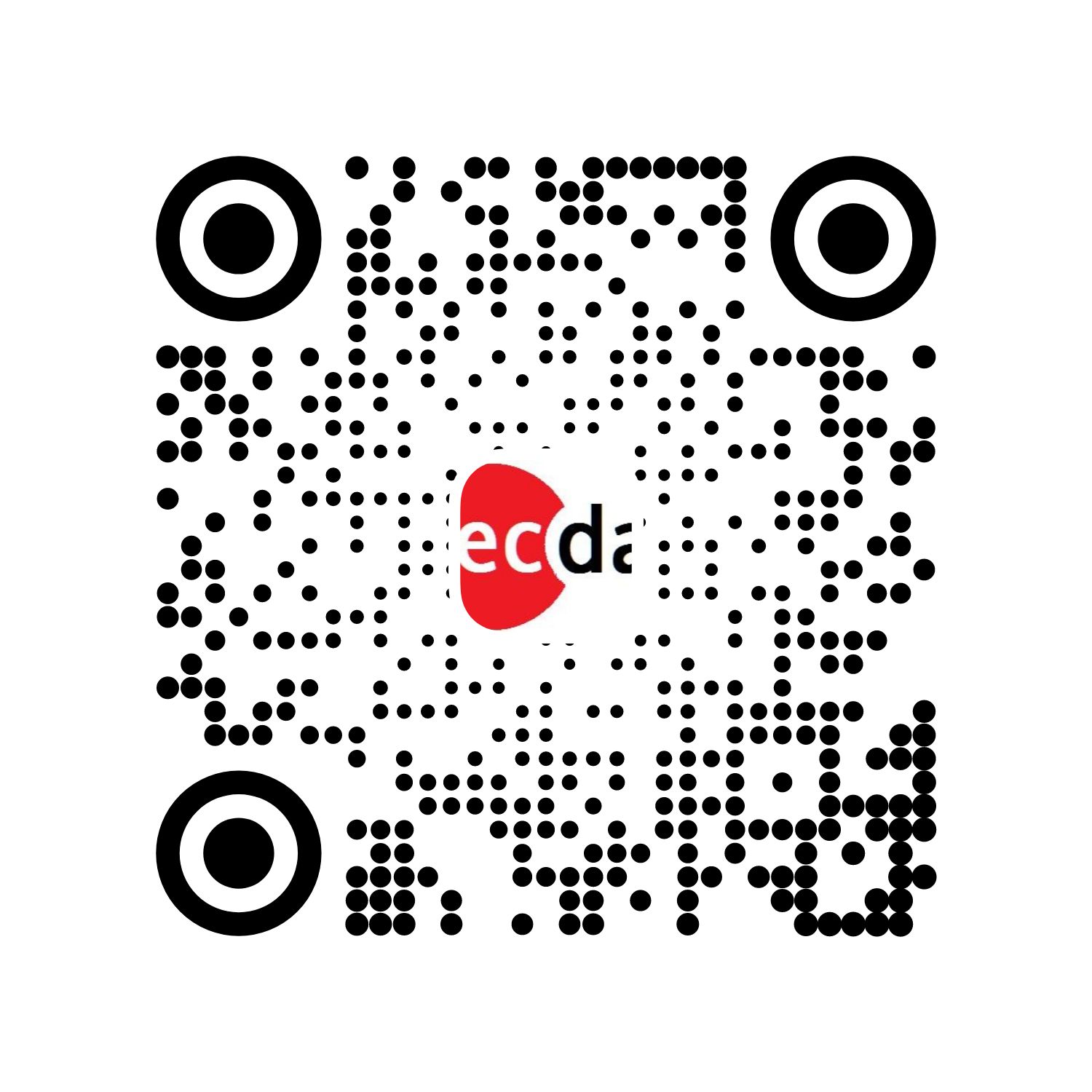Python用 tslearn 进行时间序列聚类可视化
我很想看看启动和运行 tslearn 已内置的聚类有多简单,结果发现非常简单直接。
首先,让我们导入我们需要的库:
可下载资源
import pandas as pd
import numpy as np
from tslearn.preprocessing import TimeSeriesScalerMeanVariance
netdata_pandas 用于提取一些时间序列数据到 pandas 数据框中。
plots为我添加了常用的绘图功能,我发现自己一次又一次地回到了这个库中。
我们定义输入,基本上任何我们可以使用和更改的东西都值得作为输入添加到笔记本的顶部:
视频
时间序列分类方法:动态时间规整算法DTW和R语言实现
视频
KMEANS均值聚类和层次聚类:R语言分析生活幸福质量系数可视化实例
n_clusters = 50 # number of clusters to fit
smooth_n = 15 # n observations to smooth over
model = 'kmeans' # one of ['kmeans','kshape','kernelkmeans','dtw']
接下来,我们将获取数据并进行一些标准的预处理:
if n_charts:
charts = np.random.choice(get_chart_list(host), n_charts).tolist()
print(charts)
else:
charts = get_chart_list(host)
# get data
df = get_data(host, charts, after=-n, before=0)
if smooth_n > 0:
if smooth_func == 'mean':
df = df.rolling(smooth_n).mean().dropna(how='all')
elif smooth_func == 'max':
df = df.rolling(smooth_n).max().dropna(how='all')
elif smooth_func == 'min':
df = df.rolling(smooth_n).min().dropna(how='all')
elif smooth_func == 'sum':
df = df.rolling(smooth_n).sum().dropna(how='all')
else:
df = df.rolling(smooth_n).mean().dropna(how='all')
print(df.shape)
df.head()
然后用 tslearn 建立我们的聚类模型了:
if model == 'kshape':
model = KShape(n_clusters=n_clusters, max_iter=10, n_init=2).fit(X)
elif model == 'kmeans':
model = TimeSeriesKMeans(n_clusters=n_clusters,
有了聚类集群后,我们就可以制作一些辅助对象供以后使用:
cluster_metrics_dict = df_cluster.groupby(['cluster'])['metric'].apply(lambda x: [x for x in x]).to_dict()
cluster_len_dict = df_cluster['cluster'].value_counts().to_dict()
clusters_final.sort()
df_cluster.head()
最后,让我们分别绘制每个聚类群组,看看有什么结果:
for cluster_number in clusters_final:
x_corr = df[cluster_metrics_dict[cluster_number]].corr().abs().values
plot_lines(df, cols=cluster_metrics_dict[cluster_number], renderer='colab', theme=None, title=plot_title)
这里有一些很好的例子:
随时关注您喜欢的主题
聚类的典型特征是你总是会得到一些看起来很糟糕的随机数据,尤其是因为我真的是凭空选取了上面的很多参数。
最重要的是 K 聚类的数量,鉴于我们有大量的指标(超过 700 个),我将其设置为 50 个。
总之,我发现 tslearn 库非常有用,因为它节省了我很多时间,让我快速建立并运行了一个工作原型,所以我期待着还能使用它提供的其他一些时间序列相关功能。
可下载资源
关于作者
Kaizong Ye是拓端研究室(TRL)的研究员。Kaizong Ye是拓端研究室(TRL)的研究员。在此对他对本文所作的贡献表示诚挚感谢,他在上海财经大学完成了统计学专业的硕士学位,专注人工智能领域。擅长Python.Matlab仿真、视觉处理、神经网络、数据分析。
本文借鉴了作者最近为《R语言数据分析挖掘必知必会 》课堂做的准备。
非常感谢您阅读本文,如需帮助请联系我们!

 Python、Amos汽车用户满意度数据分析:BERT情感分析、CatBoost、XGBoost、LightGBM、ACSI、GMM聚类、SHAP解释、MICE插补、PCA降维、熵权法
Python、Amos汽车用户满意度数据分析:BERT情感分析、CatBoost、XGBoost、LightGBM、ACSI、GMM聚类、SHAP解释、MICE插补、PCA降维、熵权法 Python实现Transformer神经网络时间序列模型可视化分析商超蔬菜销售数据筛选高销量单品预测|附代码数据
Python实现Transformer神经网络时间序列模型可视化分析商超蔬菜销售数据筛选高销量单品预测|附代码数据 Python在线教育广告精准投放:SEM结构方程、XGBoost、KDE核密度、聚类、因子分析、随机森林集成优化融合用户满意度渠道效能|附代码数据
Python在线教育广告精准投放:SEM结构方程、XGBoost、KDE核密度、聚类、因子分析、随机森林集成优化融合用户满意度渠道效能|附代码数据 Python电动汽车充电网络优化研究——泊松过程、排队、贪心算法、模拟退火、聚类、差分演化DE、双目标动态规划、滚动时域预测控制MPC分析储能调度、电网负荷数据|附代码数据
Python电动汽车充电网络优化研究——泊松过程、排队、贪心算法、模拟退火、聚类、差分演化DE、双目标动态规划、滚动时域预测控制MPC分析储能调度、电网负荷数据|附代码数据
